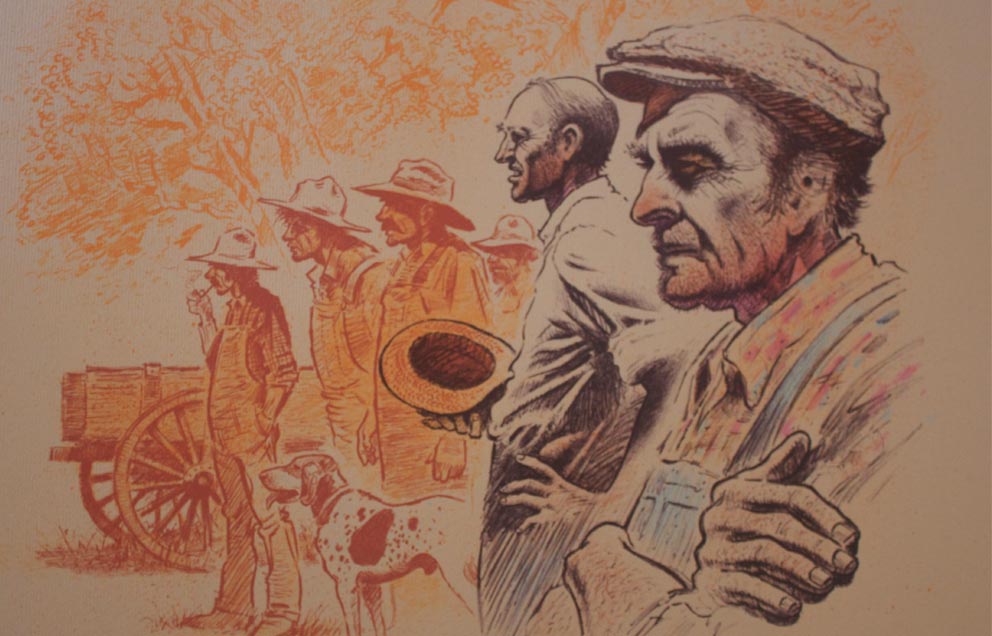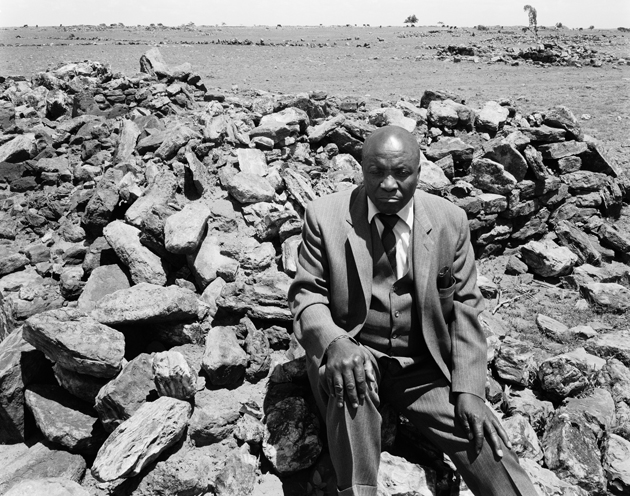Home » Posts tagged 'race'
Tag Archives: race
Go Down, Moses
William Faulkner
1942
(Vivid tales from the deeply rooted McCaslin family of Mississippi explore the human desire to dominate others.)

Faulkner raises a novel, especially Go Down, Moses, like a mountain range. A small peak here, another one some indefinite distance to the side but nearer to the viewer, another apparently between them but actually much further in the distance. The slopes are irregular in grade, no shape is symmetrical, no sequence predictable. The greatest of the mountains has flanking foothills—here at least is order and intelligibility! One is prepared for the most gigantic landforms. Actually all of them, though apparently haphazardly arranged, are obviously part of a single landscape, each part depending on those around it for its qualities and significance. The notion that each mountain be viewed as an isolated individual, despite distinctions of personality and structure, is ridiculous. One best realizes this, perhaps, by receding somewhat from the view. For when close to it, when stumbling over craggy outcrops and struggling to circumvent gorges, the scene seems hopelessly chaotic and fragmented. Such is Go Down, Moses, a challenging and awesome range of tales.
July’s People
Nadine Gordimer
1981
(A white South African family in danger of racial violence flees to a village under the protection of their black servant.)

You like to have some cup of tea?—
She runs.
This is the novel. Rather, between these two lines lies the novel, and these two (the first and last lines) are the tail ends of two realities that rest on either side of the novel and overlap within it. The pre-novel reality is a comfortable family in South Africa under apartheid, served by a black man July (I almost wrote “Friday”), “as his kind has always done for their kind”. The post-novel reality is an unwritten future, a frenzied sprint to the unknown, where the white mother, in some ways the central figure of the family, flees either to her violent death or to her salvation. Which of these she finds is not known, was not written, never came to pass. The novel is not about an ending, and so this is not a spoiler. The novel is about the boiling metamorphosis in process. As the novel’s epigraph by Antonio Gramsci indicates, the goal is to portray the “morbid symptoms” of a time when “the old is dying and the new cannot be born”. The first line is the old that is dying, and the last line is the failing-to-be-born of the new. In a terseness and simplicity of prose not unlike that of her countryman Alan Paton, the eventual Nobel laureate Nadine Gordimer unwraps the space between these two lines, guiding us through the development from one into the other.



Uncle Tom’s Cabin
December 28, 2014 / Leave a comment
Harriet Beecher Stowe
1852
(Two slaves struggle mightily: one for her liberty, the other for his integrity.)
This novel, the best selling book in the nineteenth century besides the Bible, is a remarkably forceful argument against the world’s most blatant form of widespread institutionalized violation of human rights. It is a collage of slave lives and lifestyles assembled with a thin glue of plot, all combining to urge our sympathies with the slaves and our antipathy to the injustice of their condition. It is an effort to bring free people to the realization that slaves are real persons who have the same sorts of spirits and minds as their masters, and yet they are and will always be subject to all sorts of anguish, suffering, and torture until slavery is abolished. “It is a comfort to hope,” Harriet Beecher Stowe writes in the Preface, “as so many of the world’s sorrows and wrongs have, from age to age, been lived down, so a time shall come when sketches similar to these shall be valuable only as memorials of what has long ceased to be.” We can be thankful that the author’s hope came true– the book served phenomenally well the purpose for which Stowe designed it. Testament to this are its enormous sales, the several hasty rebuttal “slavery isn’t so bad” novels, and, perhaps more than anything else, the comment of Abraham Lincoln when he met the author, calling her the “little woman whose book started this big war”.
(more…)